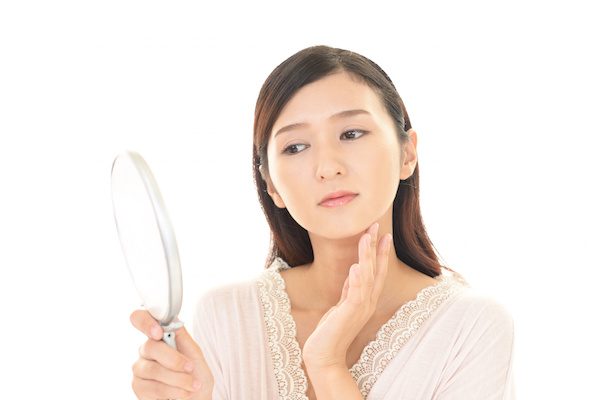
THURSDAY, Jan. 15, 2015 (HealthDay News) — Snowbirds who flock south in winter in search of the warmth of the sun, listen up:
People who carry a particular gene variant may be more likely to develop an “addiction” to tanning, a preliminary study suggests.
The idea that ultraviolet light can be addictive — whether from the sun or a tanning bed — is fairly new. But recent research has been offering biological evidence that some people do develop a dependence on UV radiation, just like some become dependent on drugs.
“It’s probably a very small percentage of people who tan that become dependent,” said study author Brenda Cartmel, a researcher at the Yale School of Public Health.
But understanding why some people become dependent is important, Cartmel said, so that refined therapies can be developed.
“Ultimately, what we want to do is prevent skin cancer,” she said. “We are seeing people getting skin cancer at younger and younger ages, and some of that is definitely attributable to indoor tanning.”
In the United States, the rate of melanoma has tripled since 1975 — to about 23 cases per 100,000 people in 2011, according to government statistics. Melanoma is the least common, but most serious, form of skin cancer.
Cartmel said that, since genes are known to sway the risk of addiction in general, her team wanted to see if there are any gene variants connected to tanning dependence.
So the investigators analyzed saliva samples from 79 people with signs of tanning dependence and 213 people who tanned but were not addicted.
From a starting point of over 300,000 gene variations, the researchers found that just one gene clearly stood out. The two groups differed in variants of a gene called PTCHD2.
No one knows exactly what that gene’s job is, but it does appear to act mainly in the brain, Cartmel said.
Some other gene variants known to be linked to addictive behavior were not clearly connected to tanning dependence. But Cartmel said that might be because the study group was too small to detect statistically strong differences.
Dr. David Fisher, chair of dermatology service at Massachusetts General Hospital in Boston, agreed that larger studies are needed.
“There very well may be other genes associated with tanning dependence,” said Fisher, who was not involved in the research.
Understanding the biology behind tanning dependence is important, Fisher said, because the potential consequences — skin cancer — can be “devastating.”
In a recent study, Fisher found that exposing mice to a daily dose of UV light boosted the animals’ blood levels of beta-endorphins — “feel-good” hormones that act on the same brain pathways as opiate drugs, like heroin and morphine.
That suggests UV exposure is rewarding to the brain. One theory, according to Fisher, is that because sunlight triggers the skin to synthesize vitamin D, the human brain evolved to find UV exposure rewarding.
But how do people know when they cross the line into “dependence?” Cartmel acknowledged that the concept of tanning dependence is still debated, and there is no official definition.
People in the study were considered tanning-dependent if they were “positive” on three different questionnaires. Essentially, they had to show signs that mark addictive behavior in general — like craving, loss of control and withdrawal symptoms when they could not tan.
The current findings, along with other research on the biology of tanning dependence, do help solidify it as a “real” condition, according to Cartmel. But right now, she noted, there is no specific therapy for it.
The study was published recently in the journal Experimental Dermatology.
More information
The U.S. Environmental Protection Agency has more on UV radiation.
Copyright © 2025 HealthDay. All rights reserved.

